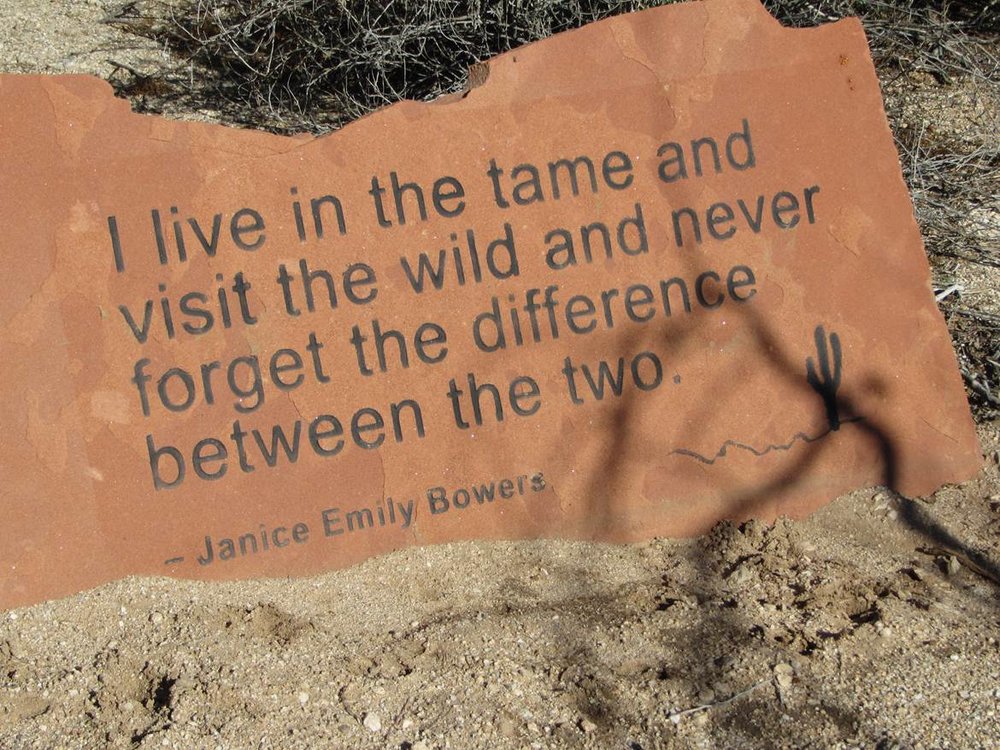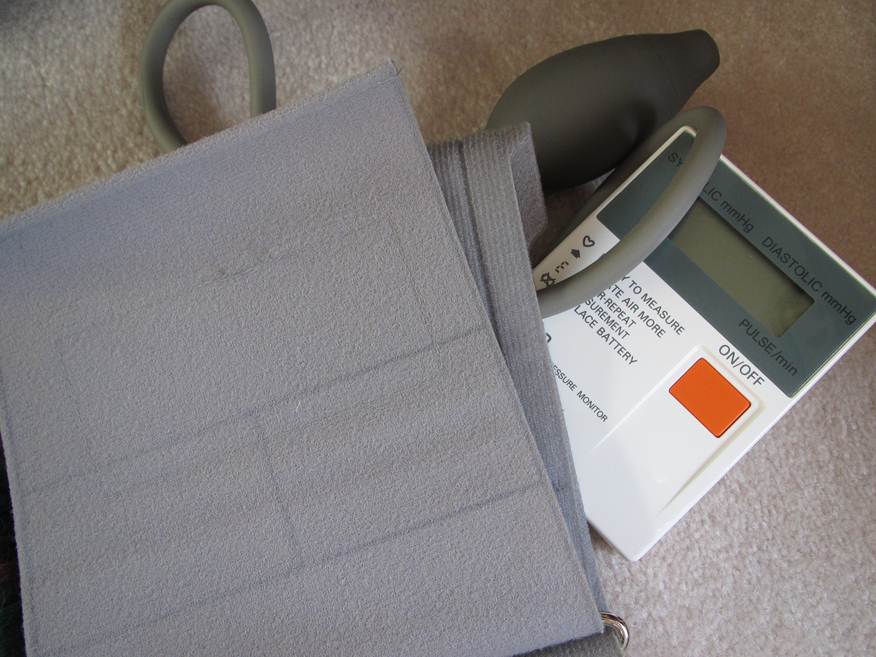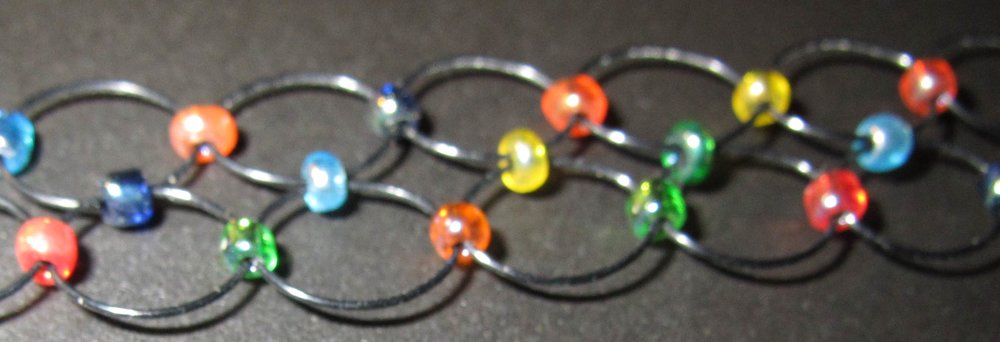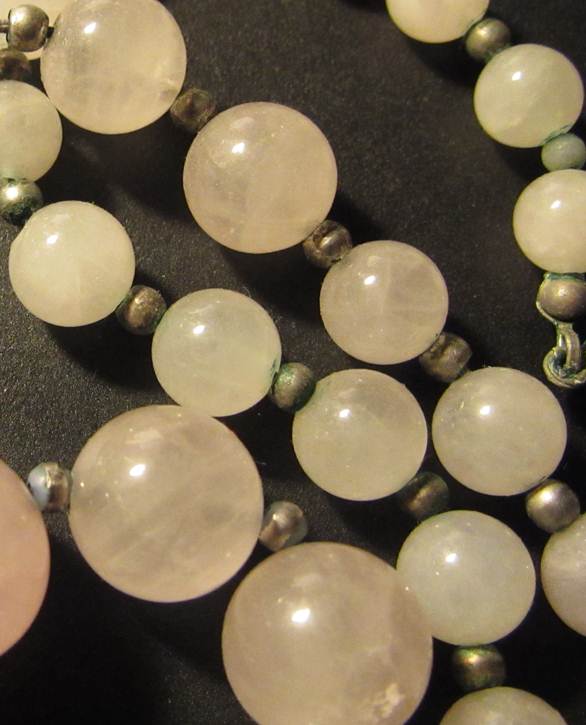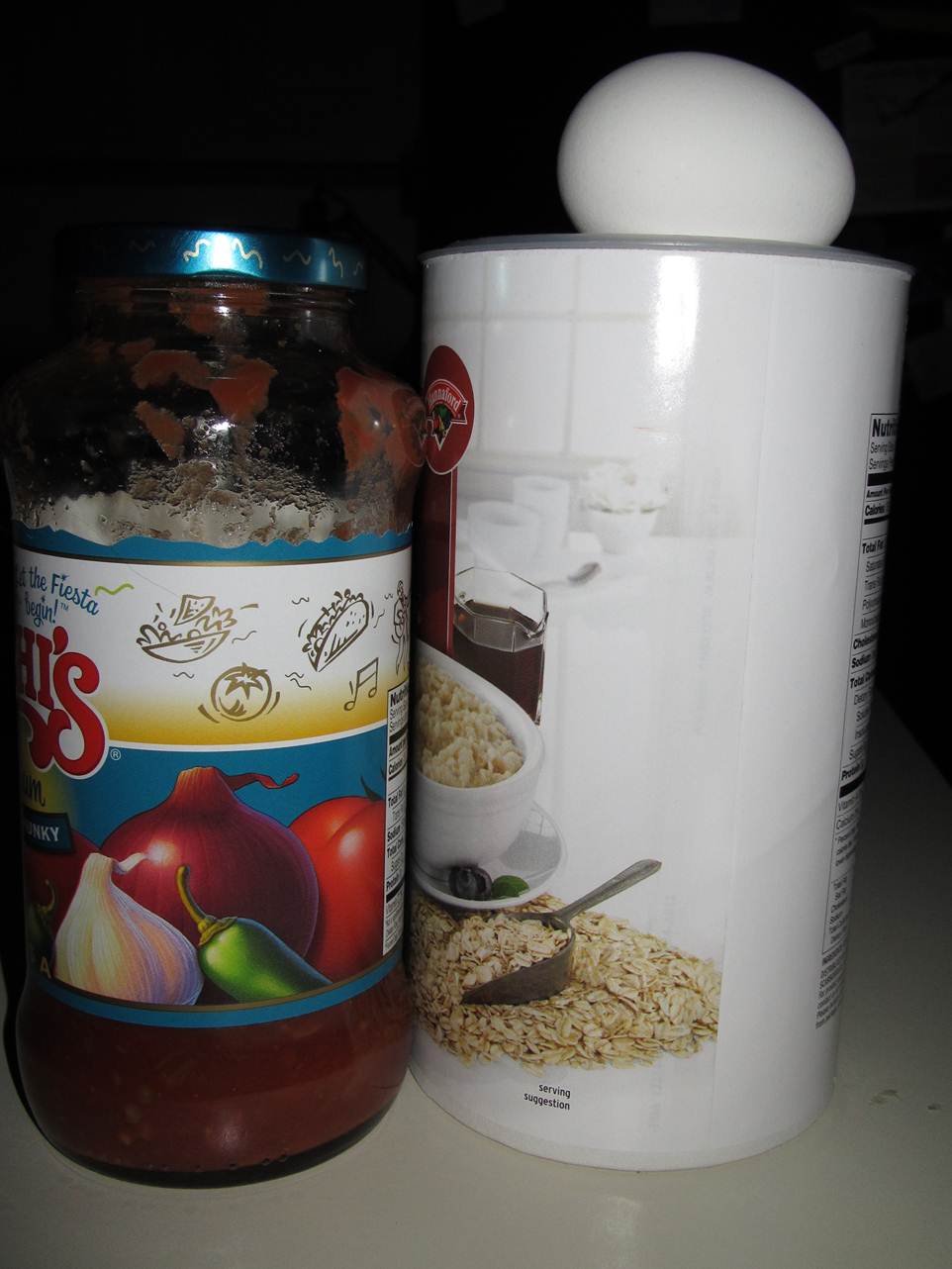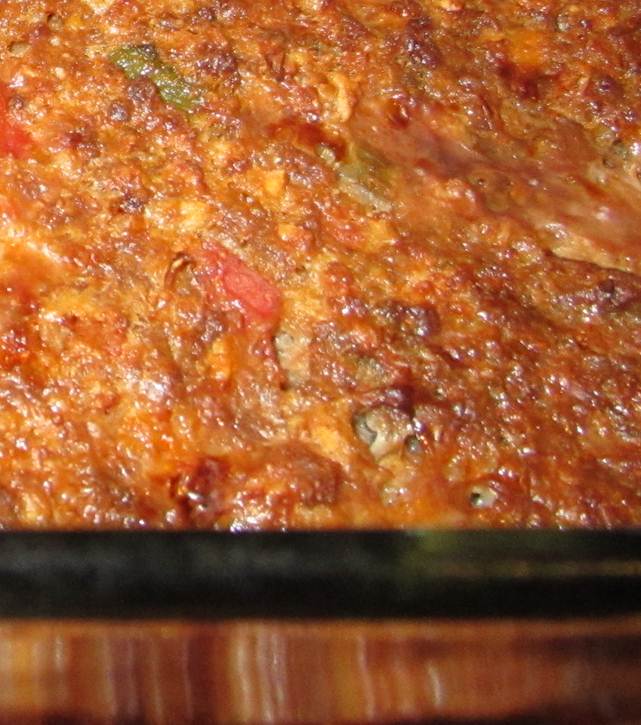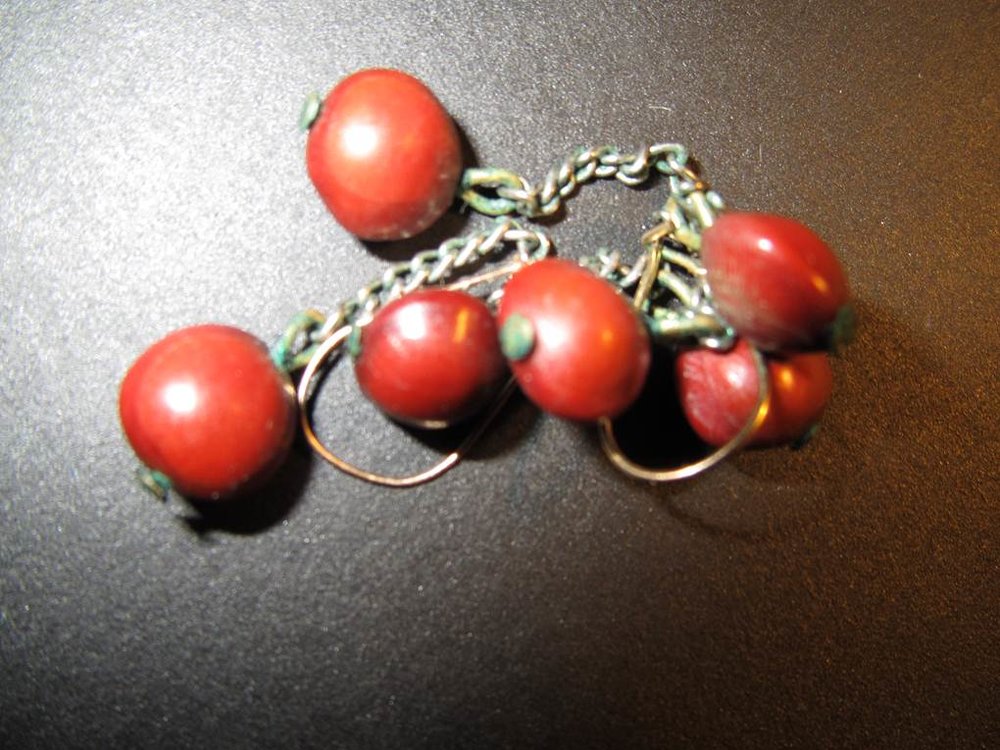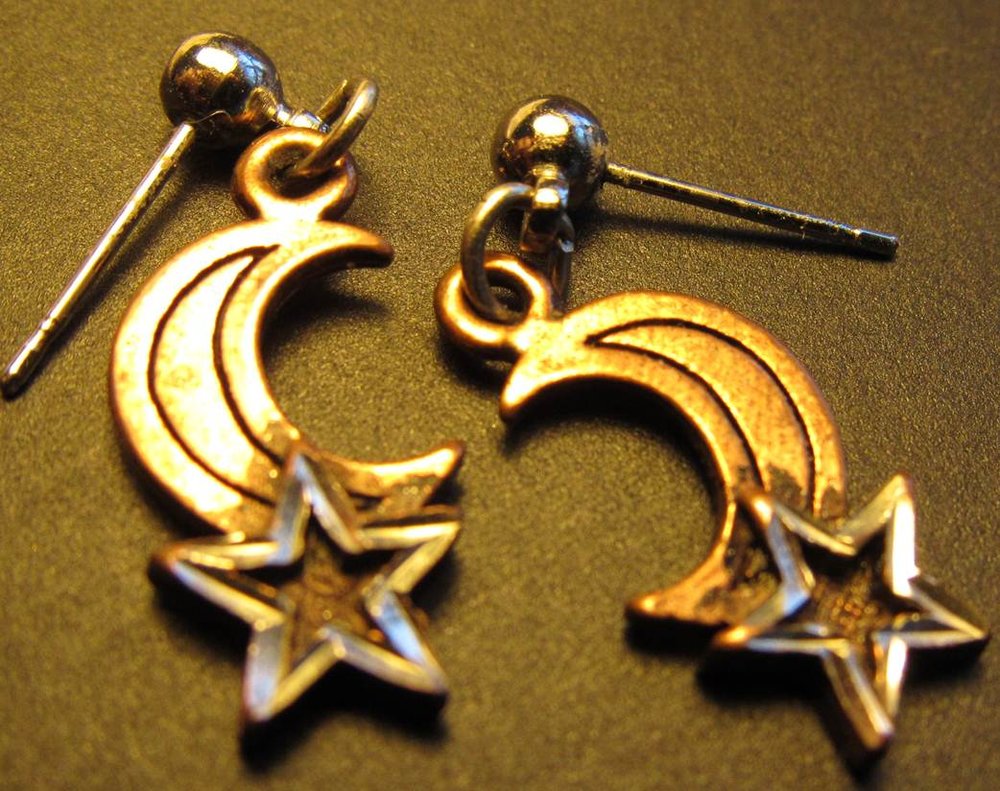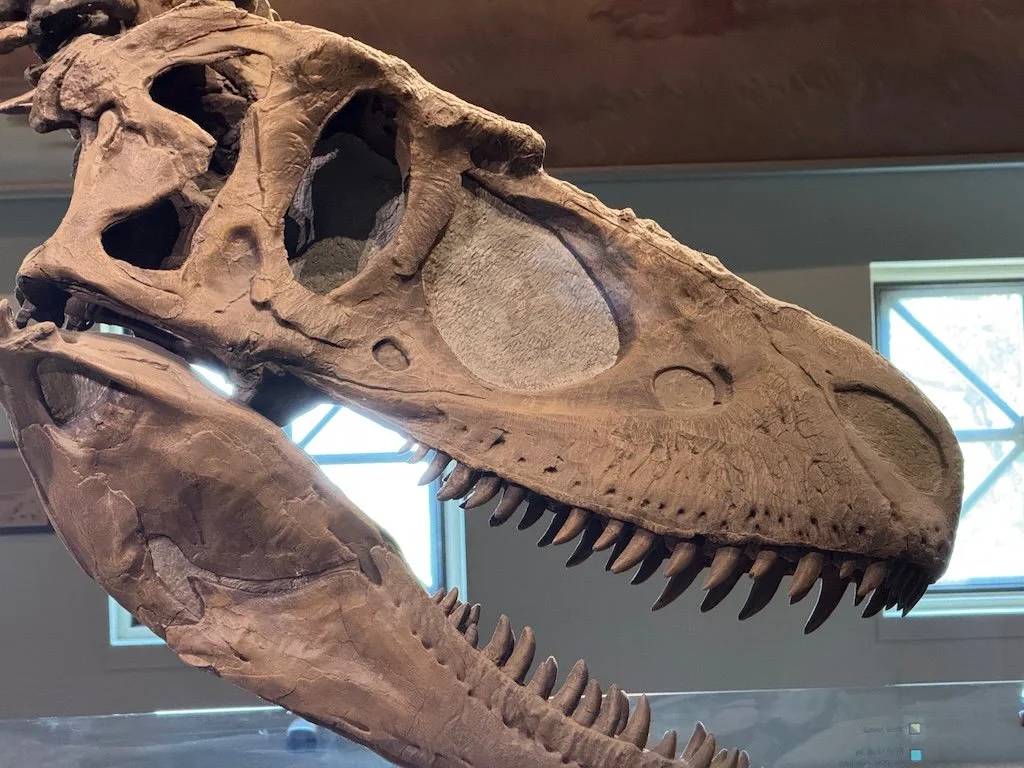Quote of the Day - 1/21/2012
/The world is always so much better than the people in it. - Morningquest
~~~~~
Isn’t it strange that this is frequently our perception? We accept so much with only a shallow understanding. What is the deeper reality?
- Perhaps it is the reality but only because the world is so resilient to the worst people do. The tipping point - where the resilience breaks down - could be imminent; even if it is, what really matters is the actions individuals take rather than the collective chaos of all people.
- Perhaps our mistake is thinking the worst of the collective of people rather than the best
- Perhaps people presume they matter more to the world than they do
- Perhaps our perception of the world is from inside a bubble that filters out the bad without us even being totally aware that it exists
In the end - the happiest among us inevitably perceive that ‘”the world is always so much better than the people in it.”



